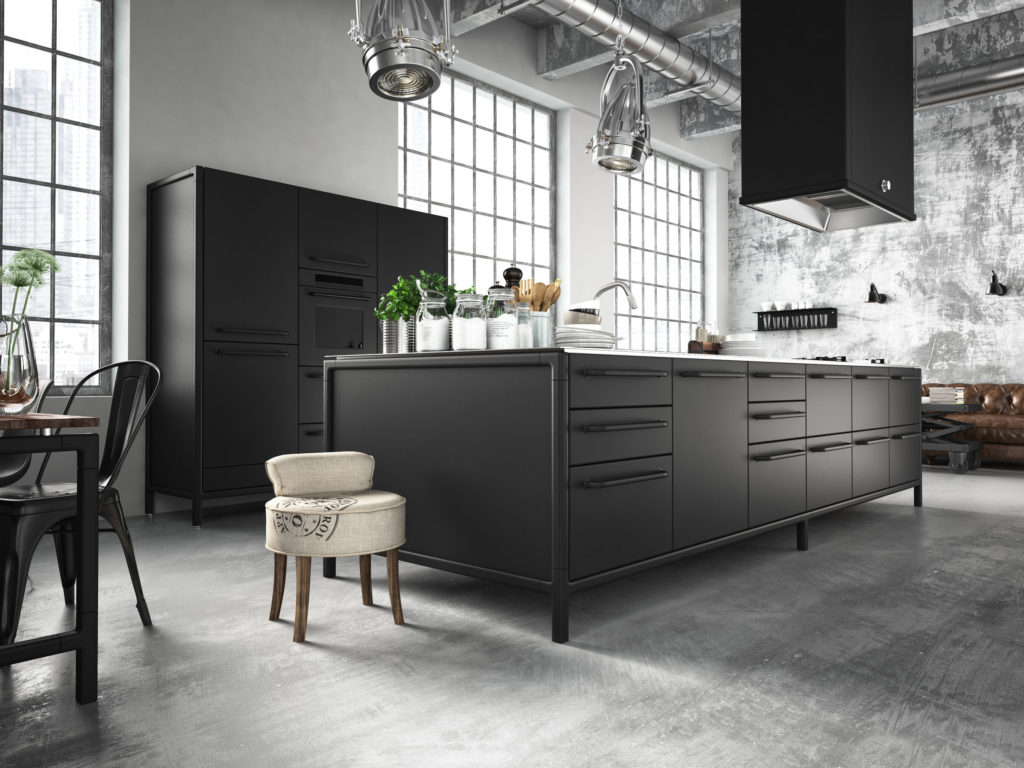
Designing a space is an intricate process. You need to find harmony throughout your décor, create a theme, and enhance the mood. All these elements can help you design the perfect atmosphere. Interior designers are very cultured in seeing how to create a room. While we may not all be interior designers, we can try to learn some techniques they use.
As we explored in Part One, design needs a purpose and can be created through influence. Now, diving deeper into the matter, join us as we discover how moods are created and themes are made:
Theme
Many themes have evolved over the centuries. We have styles which have grown together and fads that come and go. You have probably even noticed many different themes in restaurants, shops, and homes. Your home’s theme will be the general guideline in which your room is designed. However, it can be a little more complicated than just picking a theme and going with it. Consider your current furniture and how it can influence the design. Are you keeping any of it or will you be starting fresh? Your theme can also be strongly influenced by the architecture of your home or the location. It can be tough to build an Industrial themed home in a suburban neighborhood with a Mid-Century Modern home. Likewise, Contemporary design may feel out of place in a cottage in the woods. You may like several design themes; however, your atmosphere and environment may only agree with one of them. There are thousands of themes to explore. Modern, Traditional, Rustic, even Nautical all have a time and a place. Perhaps, you like two designs like Modern and Traditional, so you decide to go with a Transitional design. Picking a theme will help guide your entire project so it should not be taken lightly.
Research a theme that feels impactful to you. Understand what creates the style and what the style is trying to accomplish. This can help you find or create a theme best tailored to your needs, and knowing your theme will help you think more like an interior designer.
For more insight, be sure to continue the series and discover other principles used by interior designers.

Leave a Reply